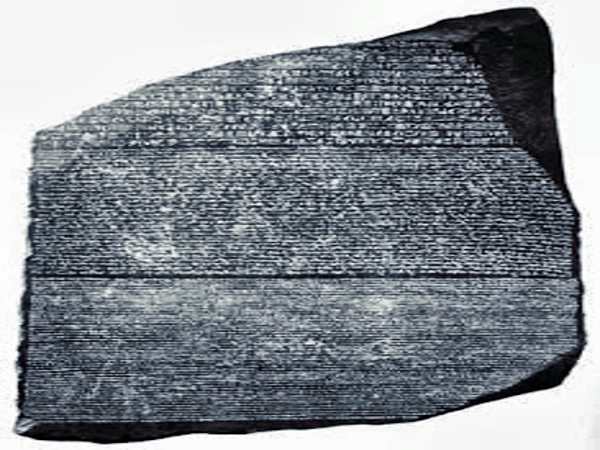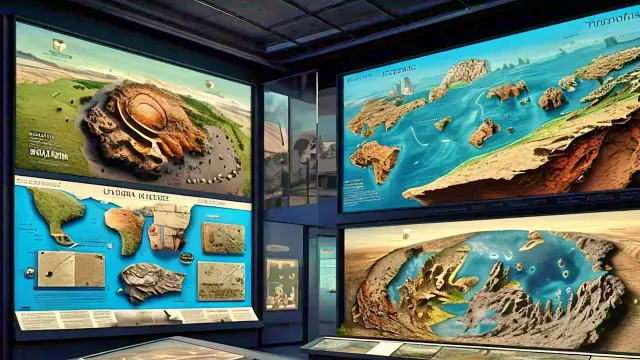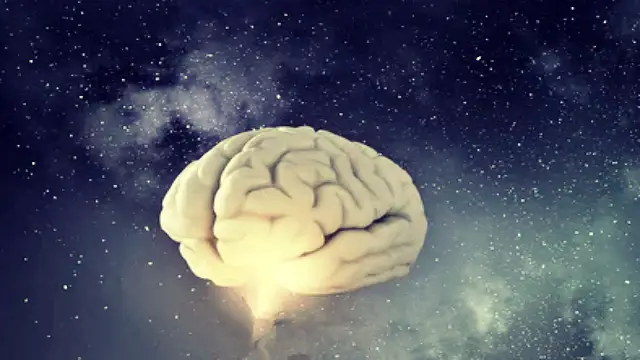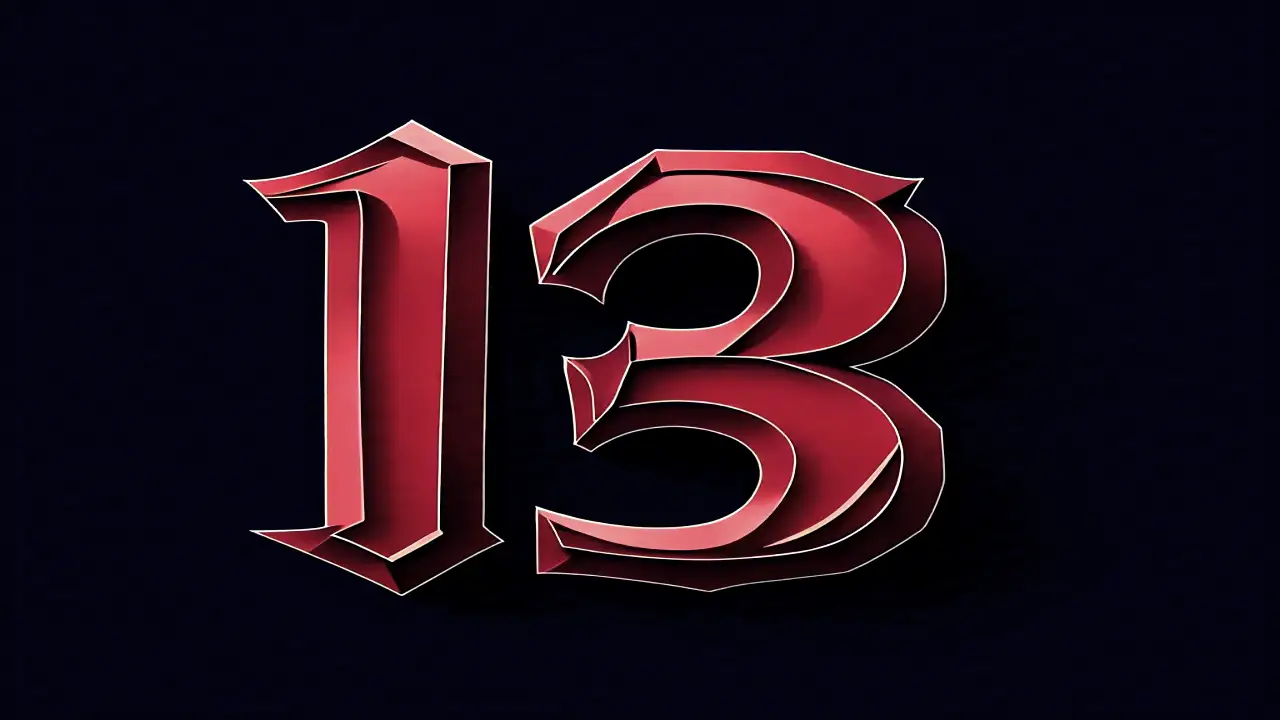During the early 1970s, I stumbled upon a collection of line engravings featuring Egyptian hieroglyphs at a flea market—likely a bargain, considering the lack of interest at the time. These engravings, once illustrations in encyclopedias, ignited my fascination with hieroglyphs, the mysterious script of ancient Egypt that had baffled scholars for centuries.
Key Points
Understanding Hieroglyphs: More Than Just Symbols
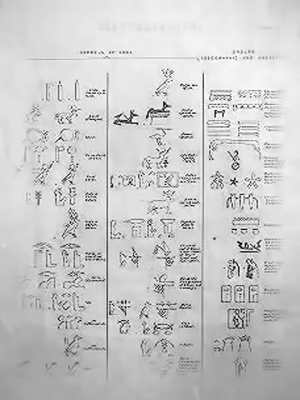
Hieroglyphs, which derive from the Greek words “hieros” (sacred) and “glypho” (I carve), were used primarily for monumental inscriptions. They were not just artistic expressions but a sophisticated writing system comprising three main types: phonetic symbols, logograms, and determinatives. Phonetic symbols represented sounds, logograms depicted whole words or ideas, and determinatives clarified meanings. Unlike the Greek alphabet, ancient Egyptian writing did not include vowels, making the script even more complex.
The Rosetta Stone: The Key to Unlocking Hieroglyphs
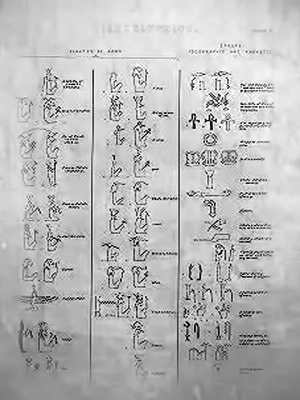
The breakthrough in deciphering hieroglyphs came with the discovery of the Rosetta Stone in 1799 by a French soldier in Napoleon’s army. The stone featured the same text in three scripts: hieroglyphic, demotic (a cursive form of hieroglyphs), and Greek. After British forces acquired the stone in 1801, it was transported to the British Museum, where scholars quickly realized its significance. By comparing the Greek text, which was already understood, with the other scripts, researchers made headway in deciphering Egyptian writing.
Champollion’s Breakthrough: Cracking the Code
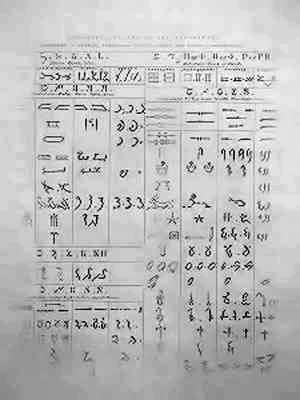
French scholar Jean-Francois Champollion made the most significant strides in decoding the Rosetta Stone’s hieroglyphs. In 1822, Champollion constructed a phonetic alphabet of hieroglyphs by meticulously comparing characters from different inscriptions. His work marked the first full translation of the stone’s text, revealing a decree issued by Ptolemy V in 196 BCE. This discovery was pivotal, as it allowed scholars to piece together the language of ancient Egypt, lifting the veil on a civilization that had long been shrouded in mystery.
The Legacy of Hieroglyphs
Hieroglyphs remained in use until about 394 CE when the Roman Emperor Theodosius closed all non-Christian temples, effectively ending the script’s ceremonial function. However, the Rosetta Stone’s discovery reignited global interest, transforming hieroglyphs from undecipherable symbols into one of the most understood aspects of ancient Egypt. Today, hieroglyphs are not just historical artifacts; they are windows into the beliefs, culture, and daily life of a civilization that has fascinated humanity for millennia.
